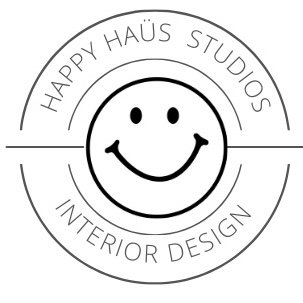Neuroaesthetics: Beauty as a Human Imperative
“You can get the man out of stone-age, but not stone-age out of man.”
― Abhijit Naskar, 7 Billion Gods: Humans Above All
Our appreciation for beauty isn’t just a preference—it’s an evolutionary necessity. Neuroaesthetics, the study of how the brain perceives and responds to beauty, reveals that humans are wired to seek harmony, balance, and natural patterns in our surroundings. From the earliest days of life, we instinctively analyze visual input, seeking structure and meaning in what we see.
The Evolution of Beauty Perception
Babies, for instance, are naturally drawn to faces. Their developing brains study symmetry, proportion, and contrast to recognize caregivers and form connections. This deep-rooted pattern recognition extends beyond human features and into the built environment. Architecture and design unconsciously mimic these proportions—think of the golden ratio found in classical buildings or the way symmetry creates a sense of balance in interiors.
Research has shown that environments reflecting natural order, organic forms, and familiar geometric structures create a sense of calm and well-being. This is why biophilic design—incorporating nature into our spaces—has become a major focus in interior design.
The Power of Fractals in Design
One of the most compelling aspects of neuroaesthetics is the role of fractals—self-repeating patterns found in nature, art, and architecture. Fractals appear in tree branches, river networks, seashells, and even our own bodies. Studies show that exposure to fractal patterns can reduce stress by up to 60%, as our brains have evolved to process these natural structures efficiently.
In architecture and interior design, fractals are used to create spaces that feel intuitive and visually soothing. The intricate detailing in Gothic cathedrals, the layered repetition of Islamic geometric patterns, and the organic curves of Art Nouveau all harness fractal principles to create a sense of harmony and connection with nature.
Vatican spiral staircase.
Beauty in Design: A Necessity, Not a Luxury
The pursuit of beauty in our surroundings is not frivolous; it is essential for mental and emotional health. Studies show that well-designed spaces can reduce stress, enhance cognitive function, and even promote healing. Natural light, organic materials, and thoughtfully curated aesthetics influence our mood and energy levels, shaping how we feel and function daily.
Simple Ways to Bring Neuroaesthetics and Fractals Into Your Space
Prioritize Natural Light – Maximize daylight exposure by keeping windows unobstructed and using mirrors to reflect light throughout a space. Soft, warm lighting in the evenings can also mimic the natural rhythm of the sun.
Incorporate Organic Shapes & Textures – Curved furniture, natural wood, and textured fabrics create a sense of warmth and comfort, echoing the natural forms our brains find soothing.
Use Balanced Proportions & Fractal Patterns – Symmetry and the golden ratio aren’t just for architecture; they apply to room layouts as well. Look for wallpapers, textiles, or artwork that incorporate repeating patterns to add visual harmony.
Bring Nature Indoors – Plants, water elements, and natural materials like stone and linen connect us to the outdoors, reducing stress and improving air quality. Even fractal-inspired patterns in furniture and décor can evoke the calming effect of nature.
Engage the Senses – Beyond visual aesthetics, consider the feel of materials, the acoustics of a room, and even scent. Essential oils, wooden surfaces, and soft textiles can all enhance a space’s sensory experience.
Conclusion
Beauty is not a luxury—it is a human imperative, deeply ingrained in our evolutionary past and essential to our well-being. By understanding the principles of neuroaesthetics and applying them to interior spaces, we can create environments that nourish the mind, body, and spirit. Whether through thoughtful design choices or small everyday enhancements, embracing beauty in our surroundings is one of the most powerful ways to support our well-being.
Further Reading & Resources
Don Ruggles, Beauty, Neuroscience & Architecture: Timeless Patterns & Their Impact on Our Well-Being
Ann Sussman & Justin B. Hollander, Cognitive Architecture: Designing for How We Respond to the Built Environment

